If you are fascinated by castles and fascinated by their stories related to the people who populated them, the legends around which sometimes still hover a veil of mystery, and theart that you can find inside them, we let you discover in this short itinerary some of the most significant castles that you can visit and see around Vercelli. Immersed in nature or built in strategic positions to dominate the surrounding territory, castles are testimonies of great historical and cultural importance because they tell us about the local past and tell us about ancient families. Each castle has its own peculiarities and history, let’s discover them together!
The origins of Balocco Castle date back to the 12th century, but over the centuries it underwent various destructions and reconstructions, until at the beginning of the 15th century it was rebuilt in the typical form of a lowland castle, that is, with a quadrangular plan, four towers on the sides and the elevated entrance tower. In fact, today it looks like a quadrangular structure with the remains of the entrance tower and two other towers to the north. A document from 1186 testifies that the castle originally included the ancient church of St. Michael. To the east, a small farmhouse from the 15th century suggests the presence of a settlement adjacent to the castle and surrounded by an enclosure, perhaps a ricetto. It was the seigniory of the Confalonieri family that gave impetus to local agriculture, with the Roggia di Balocco: a mill was also built for the use of the inhabitants, who could then grind their own cereals in their own territory, without the need to travel. Currently restored, the castle is privately owned and can be visited upon request.

The earliest records of Quinto Vercellese Castle date back to the 14th century. It had a rectangular plan and four rounded corner towers (of which three remain today) and one quadrangular tower, a drawbridge and moat. The walls are still imposing today. Of the original structure is still the one-nave, frescoed Romanesque chapel of St. Peter. Because of its geographical location, the castle was involved in the struggle between Guelphs and Ghibellines; over the centuries it was burned at least three times. The present structure has a rectangular plan and two cart gates (the one with the drawbridge was the innermost and embattled one); the three towers feature machicolations with long brackets and Ghibelline battlements. The castle is documented in 1170, when the counts of Biandrate ceded all rights to it and their possessions to the Avogadro family of Vercelli, whose lordship lasted more than six centuries. After the Avogadro family died out, the castle and estate passed in 1922 first to the Count Casimiro Avogadro di Quinto Foundation and then since 1985 to the City of Vercelli. It is now used for conferences, weddings and events.
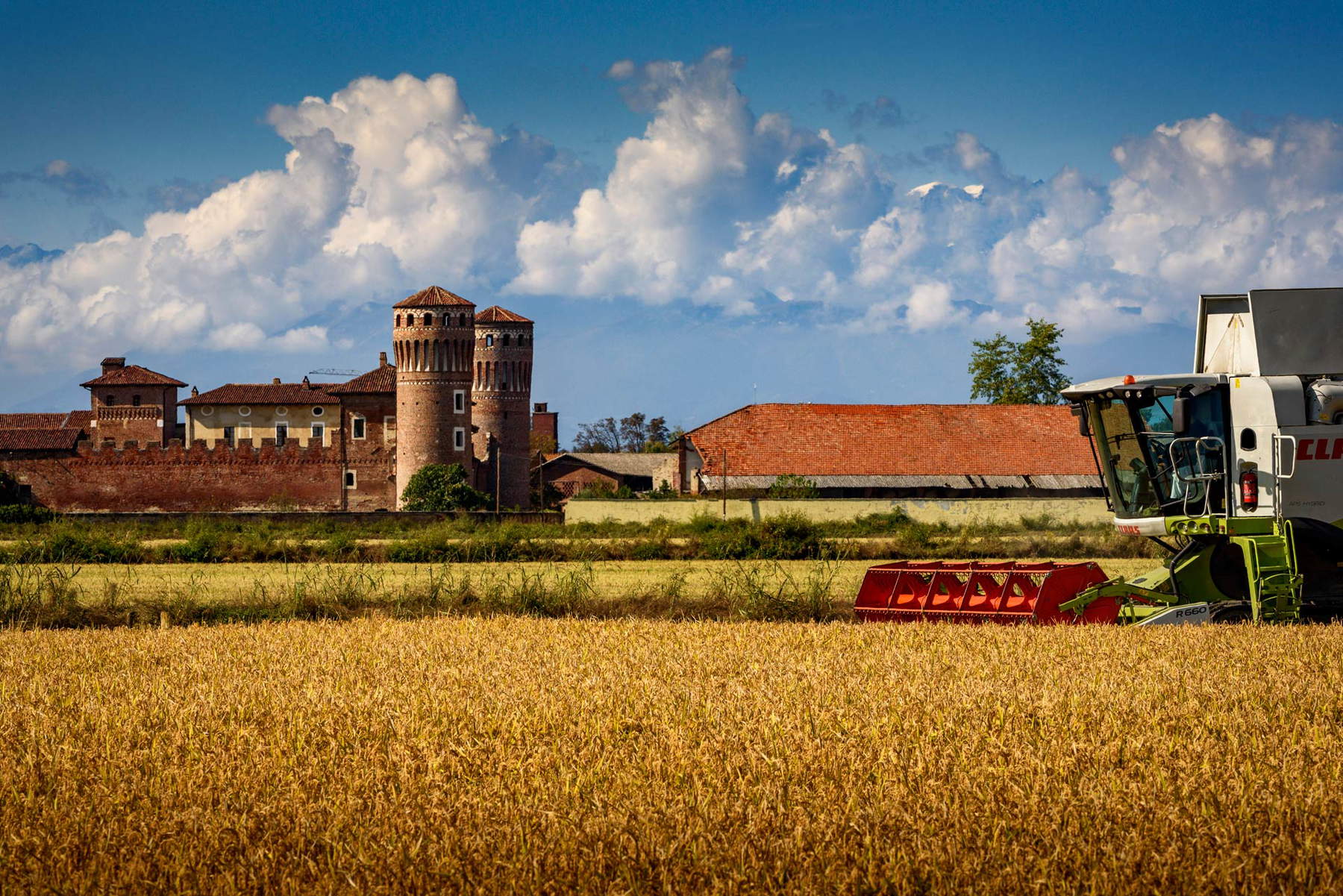
The Castle of Buronzo constitutes a rare example of a consortium castle: in fact, it is a fortress complex of caseforti and towers as large as a village. It rises in the heart of Baraggia. The oldest records date back to the 11th-12th centuries, when the first fortification was built, later expanded. Even today you can admire the crenellated tower-door from which the visit to the innermost core of the fortified complex starts. The peculiarity of this castle lies in the fact that it was managed and inhabited by seven branches of the family of the lords of Buronzo, who originated from the progenitor Robaldo di Buronzo. Among the most striking rooms of the castle is the apartment of enterprises, on which runs a frieze decorated with enterprises, or figurations consisting of a character, animal or object, and an illustrative motto. To learn more about Buronzo Castle, you can read our dedicated article.

Attested from the 13th century, perhaps the fortification existed from the early Middle Ages. Moncrivello Castle is located in a panoramic position between Canavese and Vercelli, nestled in the green hills of Piedmont. From a medieval fortification, the castle was transformed into a noble residence in the 15th century by Duchess Jolanda of Valois, wife of Amedeo IX of Savoy. The helicoidal staircase, round-arched portico and balcony, ornate windows with terracotta cornices, crenellations on the surrounding walls and coffered ceilings that have been preserved to this day were added. The building retains some parts of the older structure: such as the 14th-century quadrangular keep, with machicolations and a window with a graceful terracotta frame, crossed by a Gothic-vaulted driveway; the west tower with a semicircular plan topped with battlements. Today it is venue for ceremonies and weddings, conventions and events, as well as a cozy bed & breakfast housed in the wing that was once used as stables.
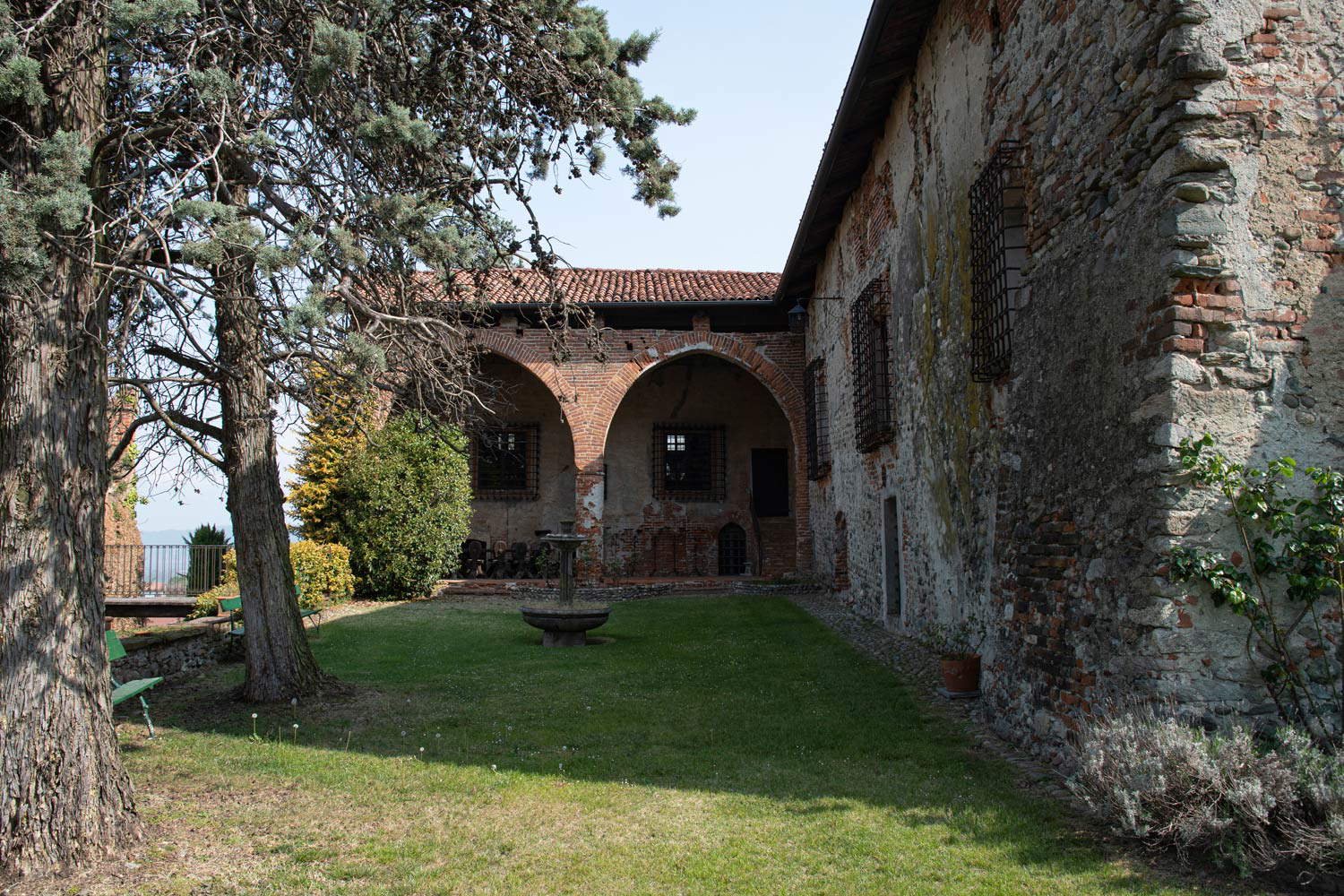
Built in a strategic territory between the town of Vercelli and the marquisate of Monferrato, Desana Castle has the typical structure of a plain castle, that is, a quadrangular plan completed by cylindrical towers on the sides. It was erected in the 14th century, but in the mid-19th century it was rebuilt keeping the original plan and altering the elevations. The earliest records of the castle date back to the 10th century at the time of Arduino Marquis of Ivrea. However, the Tizzoni were responsible for the creation of the park, fishpond and gardens; the fief and castle of Desana remained with the Counts Tizzoni until 1693, when the Marchioness of Crescentino Irene Giovanna Carlotta decided to sell both to Duke Victor Amadeus II of Savoy, and they were owned by the Savoy until 1793. In that year Victor Amadeus III ceded the fief of Desana to Count Francesco Solaro, and finally, when the latter’s family died out, the castle passed into the ownership of Vitale Rosazza of Biella, who had it rebuilt to a new design in 1840. Thanks to Vitale, the castle’s prestige began, as, a lover of travel and art, he acquired important books and works by prestigious artists of the time and objects that can still be found in the castle. Vitale was the father of Senator Federico Rosazza , who made it his private residence. Today the castle is owned by a direct descendant family of the Rosazza family. Sights to see in the castle include the Fireplace Hall with paintings, tapestries and fine carpets, the Library, the Feudal Archives and the senator’s study. And of course the beautiful park surrounding the castle. Today Desana Castle is a venue for ceremonies, weddings, meetings and events.

Built for military and defensive purposes, there are certain records of the start of construction work on Rovasenda Castle in 1170 at the behest of Albert of Rovasenda. Over the centuries it was expanded; in particular, the construction of the 48-meter-high tower (among the tallest in the province) dates back to shortly after the mid-15th century. It is one of the most distinctive towers in the Vercelli area because it rests on a single arch. On the north side, adjacent to the tower, a fortified wing was built in the same architectural style with merlons supported by stone barbicans, projecting on the wall below for the opening of square machicolations. The castle became a stately home between the 15th and 16th centuries; a new wing decorated with frescoes, coffered ceilings and wide vaults dates from the Renaissance period. Later, in the 18th century, the castle became the center of agricultural and economic activities. A few hundred meters from the medieval castle stands nestled in the Vercelli countryside the New Castle of Rovasenda, erected between 1901 and 1904 by Count Luigi di Rovasenda, a descendant of the dynasty of the same name that had owned the ancient manor for centuries. Having been unable to inherit the latter, the count decided to build one for himself, calling in architect Carlo Nigra from Turin. A sort of clone of the ancient castle, but with a mixture of classical elements such as frescoes and more modern elements.
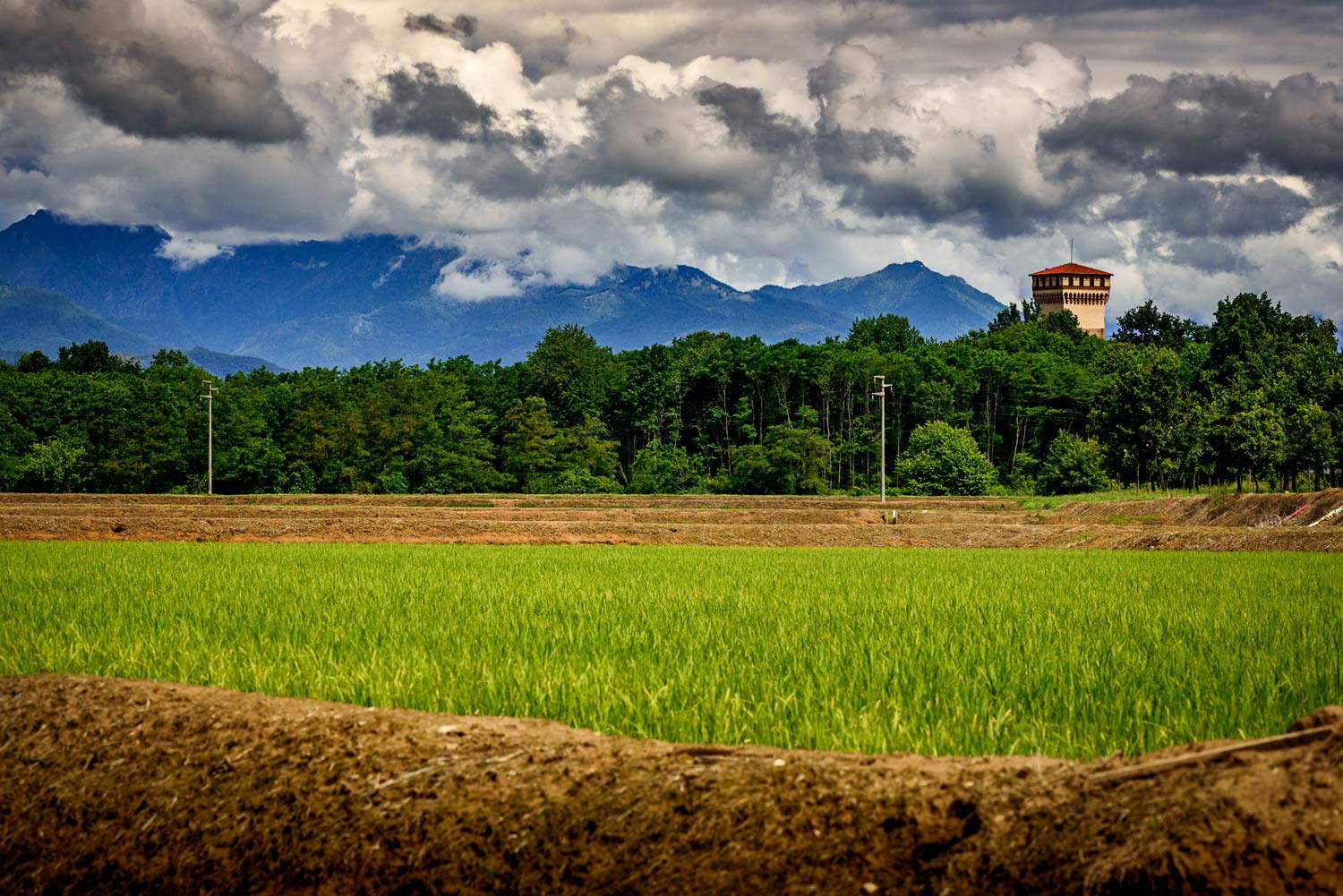
The building of San Genuario Castle is due to Giacomo Tizzoni, who through the intercession of his cousin Abbot Antonio, obtained in 1419 the cession of half of the territory of San Genuario on the condition that he build a castle there to defend the monastery. The monks reclaimed marshy land to make it agricultural, raised livestock and built mills, ovens and ferries on the Po. In 1422 Tizzoni had the castle built by surrounding it with a moat, on the ruins of an ancient fortress destroyed in the 14th century. Here the Tizzoni family ruled until the end of the 16th century; it then passed to a Venetian nobleman, and in the early decades of the 20th century the Garella family, then owners, used it as a modern farm, having buildings built in the courtyard that still stand today and contrast sharply with the rest of the castle. Today the castle has kept its exterior structure almost intact, while the interior was divided to make rooms used in World War II as housing for evacuees. Today the castle, which is privately owned, has a squared-off structure with a single cylindrical tower and projecting apparatus on all sides. The cylindrical tower is joined to the fortress by a short stretch of curtain wall and has a long series of corbels.
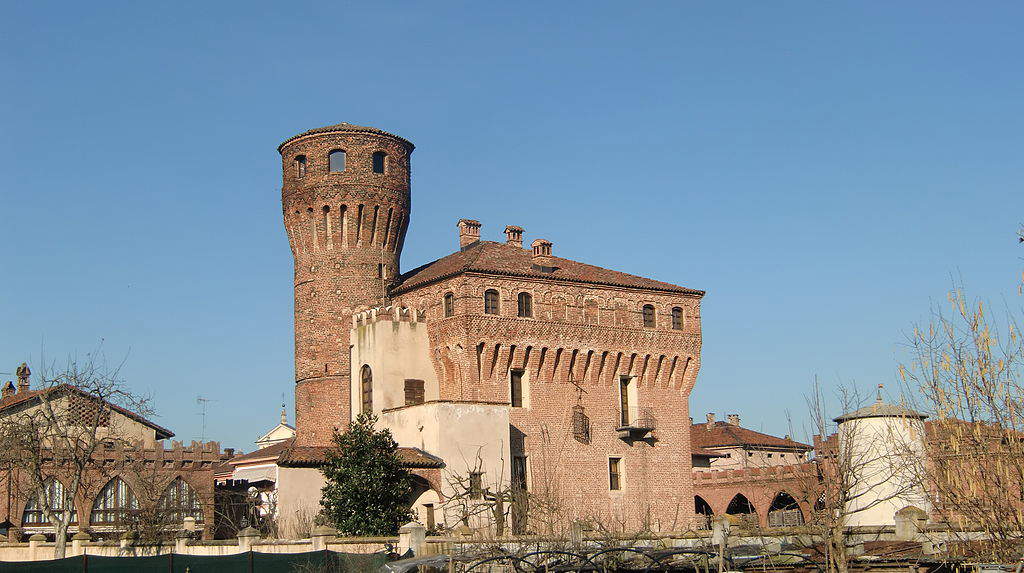
Built near the Elvo stream, the Castle of Vettignè, in the province of Santhià, was probably erected at the beginning of the 15th century; over the centuries it was remodeled many times, until the 19th century, when it increasingly lost its defensive role to become an agricultural country residence, thanks mainly to the cultivation of rice in those territories. In structure it has many similarities with the Castle of San Genuario in Crescentino: rectangular body with projecting apparatus and the presence of battlements and machicolations. Joined to the body are a circular tower and a square corner tower. The castle had a mill inside, was surrounded by a moat and was complete with a drawbridge. In 1867 the castle became the property of the Savoy family, when Maria Vittoria Carlotta Enrichetta Dal Pozzo della Cisterna married Prince Amedeo of Savoy. At the same time the east wing was renovated with the construction of a three-story palace to house the royal apartments. Because of this, Vettignè often became a place of residence for Amedeo di Savoia’s three sons. The castle was sold by the Savoy family to private individuals at the end of World War II. The name Vettignè comes from the Vectigal duty that was paid to have the right of passage to the medieval village: it was in fact a crossroads between Switzerland and the Via Francigena. In fact, today a great way to discover this area is through slow tourism, thus also traveling along a section of the Via Francigena.
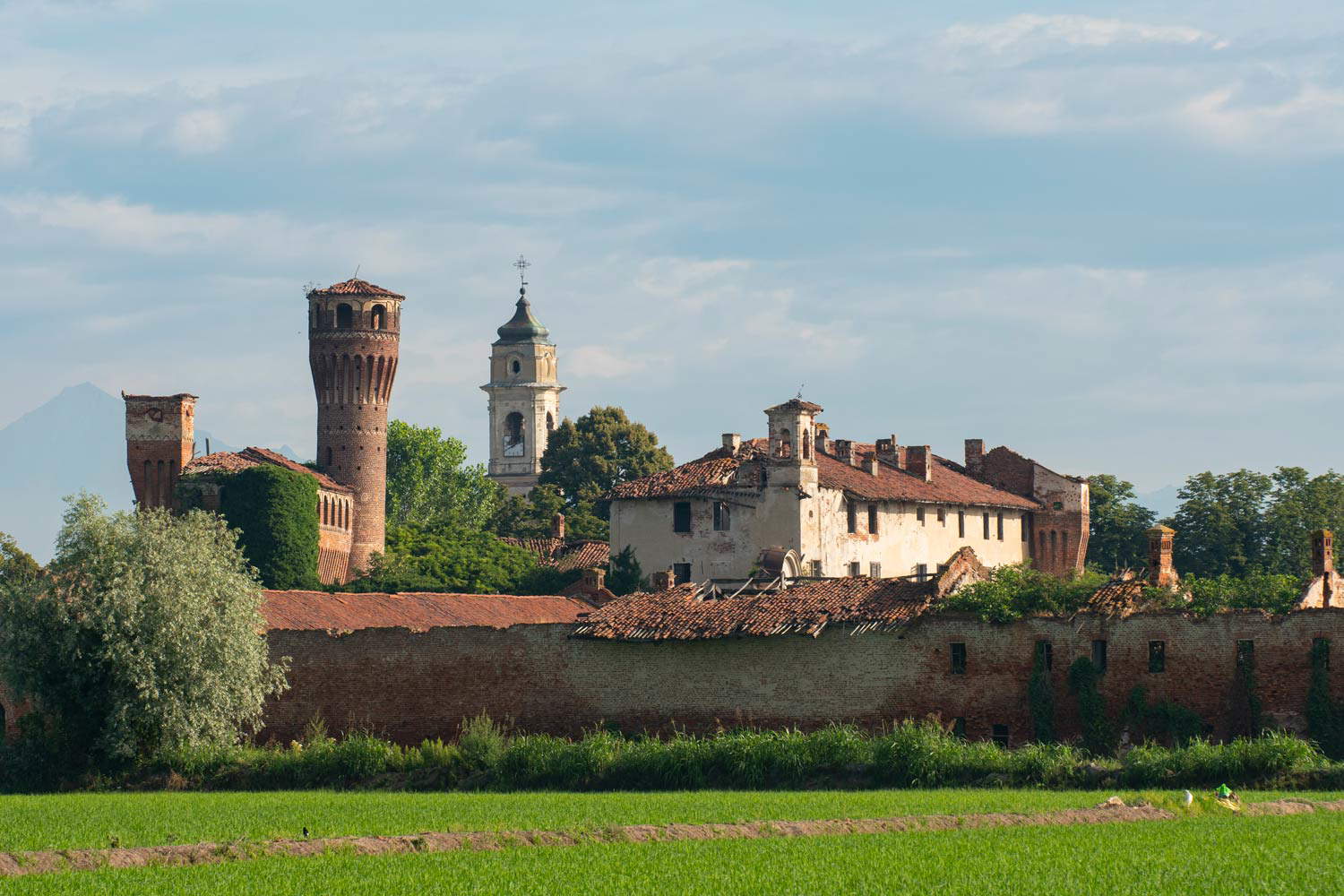
 |
| The castles of the Vercelli area, places of charm and history: which ones to see |
Warning: the translation into English of the original Italian article was created using automatic tools. We undertake to review all articles, but we do not guarantee the total absence of inaccuracies in the translation due to the program. You can find the original by clicking on the ITA button. If you find any mistake,please contact us.